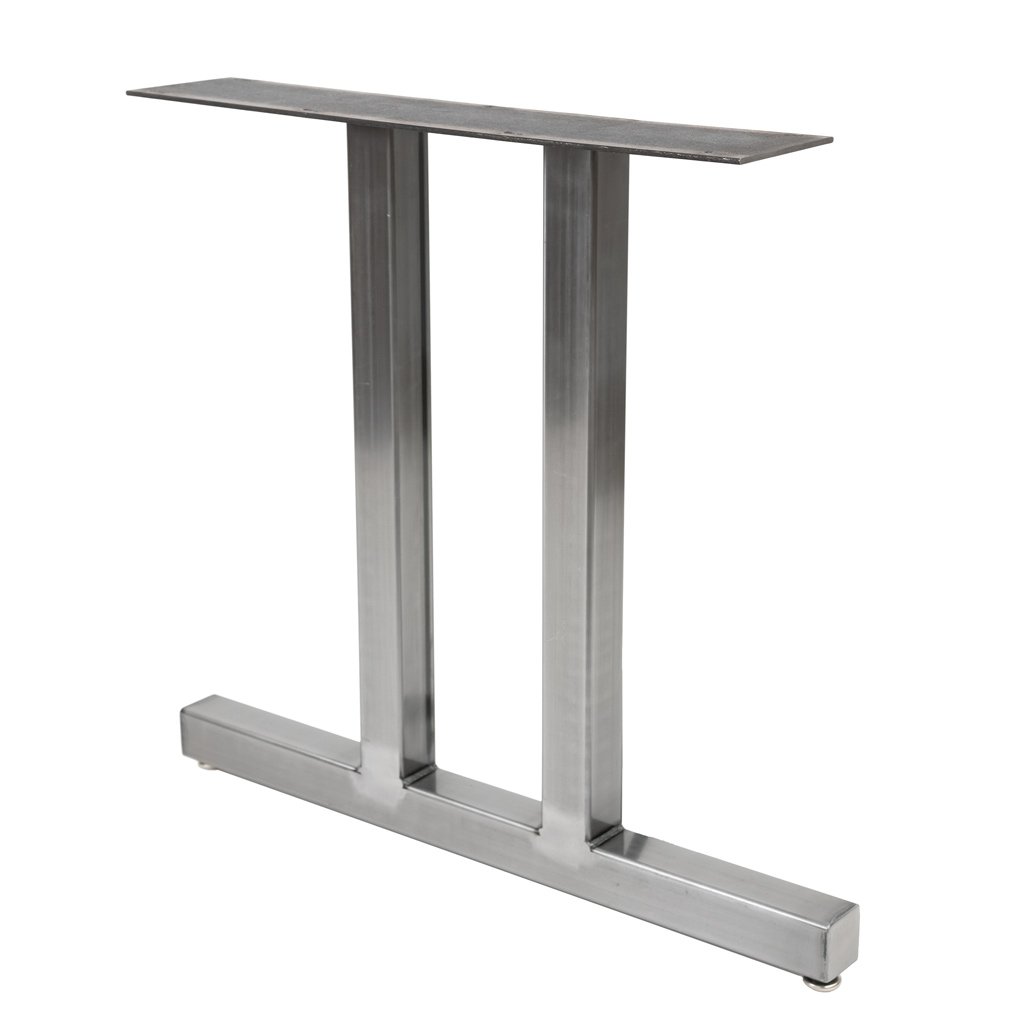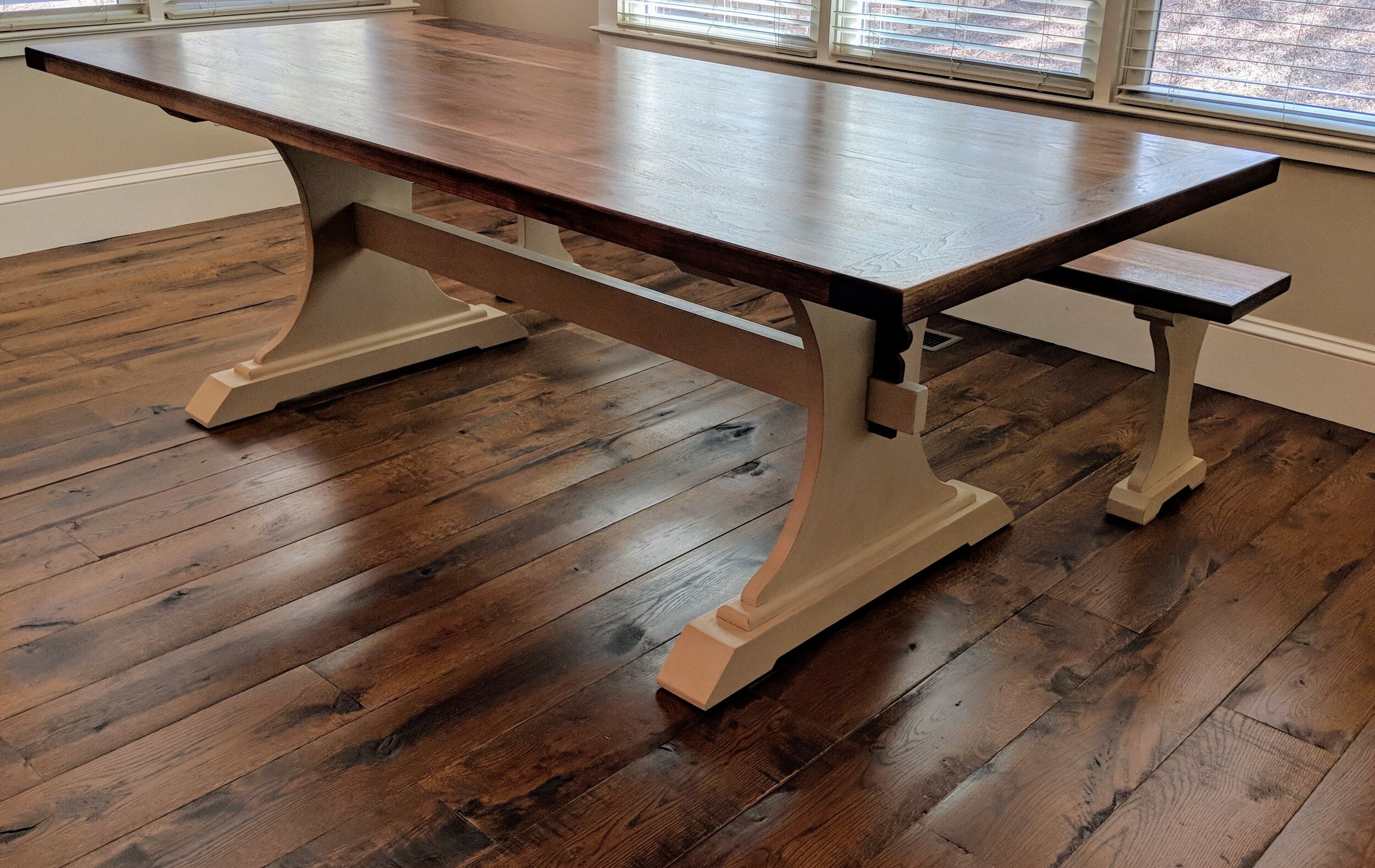How the Right Dining Room Table Legs Can Complete Your Dining Room Look
How the Right Dining Room Table Legs Can Complete Your Dining Room Look
Blog Article
From Typical to Modern: Locate the Ideal Dining-room Table Legs for Your Design
While traditional layouts such as cabriole and turned legs stimulate a sense of timeless sophistication, modern styles like barrette and geometric options offer a possibility for striking visual rate of interest. As you consider these components, the inquiry stays: exactly how can you effortlessly incorporate these varied leg designs to develop an unified dining experience?
Recognizing Table Leg Styles
The range of dining room table leg designs can considerably affect both the aesthetic appeals and performance of the area. Each leg style contributes special practical attributes and visual components, dealing with varied design preferences and usage needs. Comprehending these styles is crucial for choosing the right dining table that lines up with your general indoor style vision.
For circumstances, tapered legs offer a tidy, traditional appearance that can boost a space's beauty, while stand bases give stability and optimize legroom, making them optimal for smaller areas. Barrette legs, a hallmark of mid-century contemporary design, introduce an industrial panache, enabling a ventilated, open feel. In a similar way, trestle legs evoke rustic charm, providing robust assistance and a sense of eternity.
Furthermore, the choice of materials plays a substantial function. Wood legs can bring heat and appearance, whereas metal alternatives commonly communicate a sleek, modern vibe. Inevitably, comprehending table leg designs is vital for creating a cohesive eating area that shows personal style while guaranteeing practicality and comfort. By attentively thinking about these elements, you can enhance both the visual and practical allure of your eating space.
Typical Table Leg Options
When selecting eating room table legs, standard alternatives frequently embody classic sophistication and craftsmanship. These designs mirror an abundant heritage and a commitment to high quality, making them optimal for those who value traditional visual appeals.
Among the most famous typical leg styles is the cabriole leg, identified by its stylish bent shape. This style frequently includes ornamental makings and is most typically found in Queen Anne and Chippendale furnishings. An additional popular option is the transformed leg, which boasts a collection of smooth, rounded shapes that offer a traditional appearance while keeping security.
In addition, the straight leg, while easy, uses a basic and strong framework that can mix perfectly with a range of tabletop designs. For those attracted to ornate describing, claw-and-ball feet legs evoke a feeling of majesty and can offer as a magnificent centerpiece in any eating space.
Finally, pedestal bases, although not strictly legs, provide an alternate typical choice that permits sufficient legroom and can be beautifully carved. Each of these traditional leg designs adds to the overall setting of a dining-room, marrying function with visual appeal.

Modern Table Leg Layouts
Modern table leg styles offer a diverse series of designs that emphasize tidy lines and innovative products. These designs usually prioritize capability while working as striking focal points within an eating space. Minimalist visual appeals are prevalent, with legs crafted from products such as metal, glass, and crafted timber, which contribute to a modern and airy feel.
One preferred design is the barrette leg, characterized by its slim, tapered structure that supplies security without frustrating the tabletop (dining room table legs). This design is often discovered in mid-century modern-day furnishings and can easily complement different table shapes. Another pattern is the usage of geometric forms, where legs might tackle angular or asymmetrical types, including visual passion and a touch of artistry

Mixing Designs for Special Areas
Commonly, home owners look for official statement to produce distinct eating areas that reflect their personal design by mixing different style aspects. This method permits the incorporation of varied appearances, resulting in a harmonious yet distinct atmosphere. As an example, pairing a rustic wood table with smooth, contemporary metal legs can create an eye-catching comparison that raises the room's general charm.
Furthermore, incorporating vintage table legs with contemporary table tops can stimulate a feeling of history while keeping a contemporary perceptiveness. Such combinations not just showcase individual preference however additionally motivate creative thinking, enabling homeowners to curate a space that really feels both individual and inviting.
Shade plays an important duty in this mixing procedure; picking table legs that complement or contrast with the existing color system can boost aesthetic interest. Whitewashed legs can soften the boldness of a dark table surface, creating a well balanced aesthetic.
Tips for Choosing the Right Legs
Choosing the right table legs is vital for attaining both functionality and aesthetic allure in your eating room. Begin by considering the general design of your area. Conventional settings profit from legs that include detailed makings or turned styles, while modern rooms may ask for sleek, minimal designs.
Next, evaluate the elevation and security of the legs. dining room table legs. Basic dining tables vary between 28 to 30 inches in height, so ensure the legs complement this dimension for comfort. In addition, durable products, such as wood or steel, can boost security and longevity
Review the leg form too-- choices consist of right, tapered, or pedestal layouts. Straight legs supply a timeless appearance, while conical legs can include a touch of elegance. Pedestal bases provide sufficient legroom click here for more info and are optimal for smaller sized areas.
Final Thought
In summary, selecting the ideal eating space table legs requires mindful consideration of both traditional and modern-day designs. By harmonizing leg design, height, and product with the general décor, a natural and inviting atmosphere can be achieved.
The range of dining area table leg styles can dramatically influence both the looks and performance of the room. Eventually, understanding table leg styles is essential for producing a cohesive eating area that shows individual style while making certain functionality and convenience.One of the most renowned typical leg styles is the my website cabriole leg, defined by its elegant curved form. Straight legs provide a timeless look, while tapered legs can include a touch of elegance.In summary, picking the perfect eating area table legs requires cautious consideration of both conventional and modern designs.
Report this page